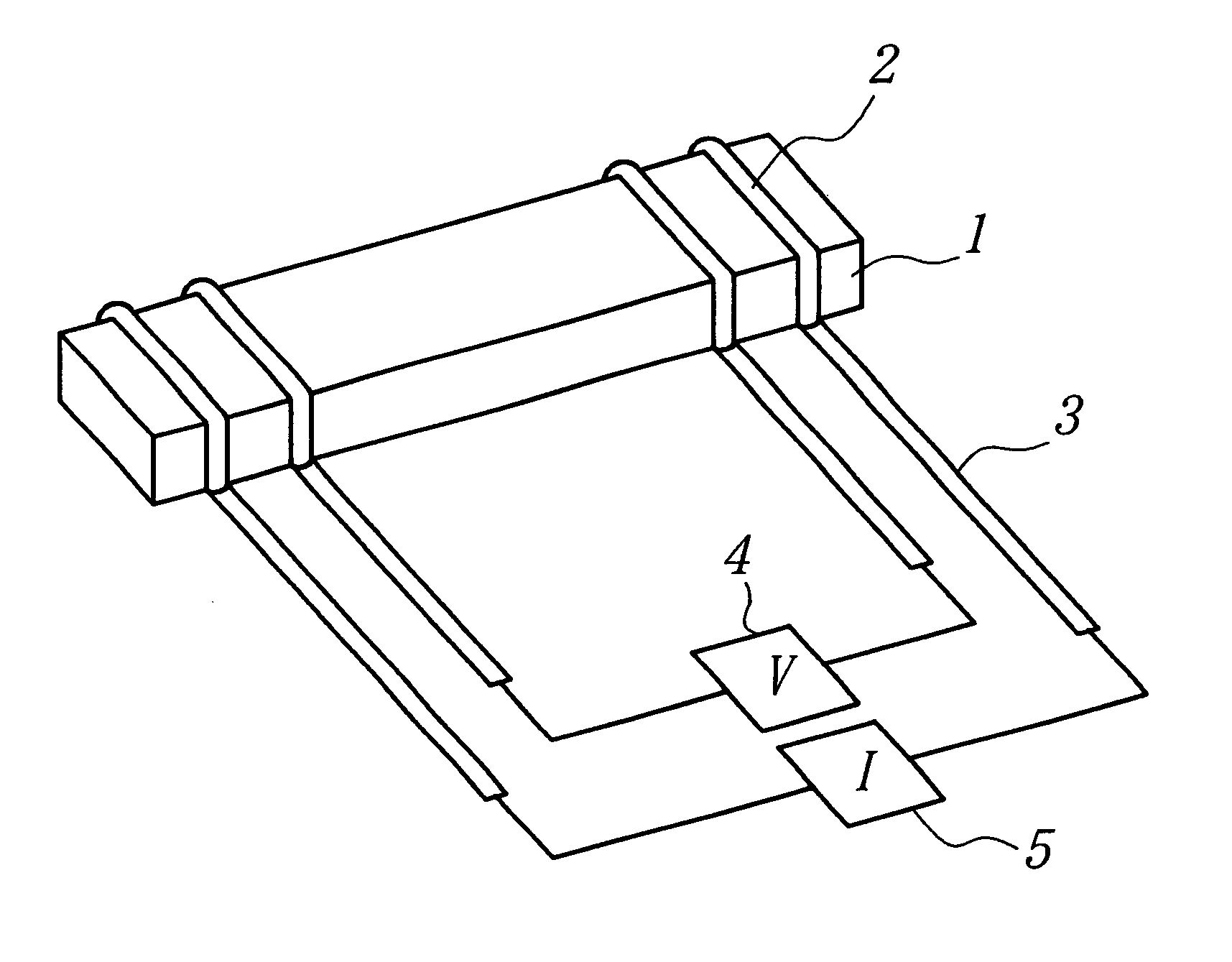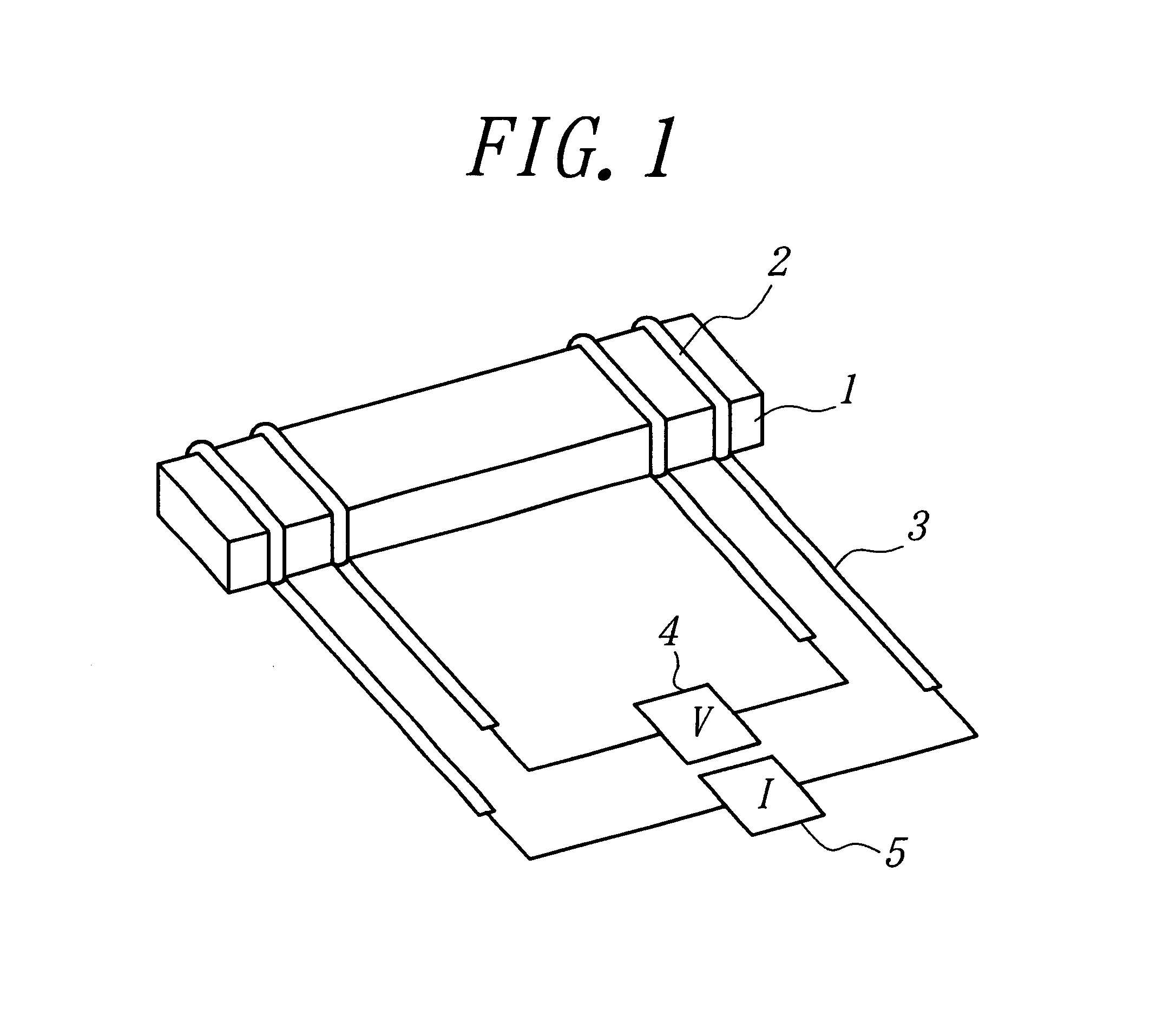Production of silicon carbide bodies
- Summary
- Abstract
- Description
- Claims
- Application Information
AI Technical Summary
Benefits of technology
Problems solved by technology
Method used
Image
Examples
example
A silicon carbide mass was formed on a surface of a substrate by chemical vapor deposition. As the substrate, a discoid substrate made of graphite, 100 mm in diameter and 10 mm in thickness was used. Argon was fed as a carrier gas during when the temperature rose. Then, hydrogen was first flown for 10 minutes, then silicon tetrachloride was flown for 1 minutes, and thereafter silicon tetrachloride and methane were introduced. The flow rate of each gas at the film-forming temperature was as follows:
Silicon carbide bodies A, B and C were produced in this manner. Each of the silicon carbide bodies had a thickness of 3 to 5 mm. Then, with respect to each of the silicon carbide bodies A, B, and C, only the silicon carbide body was removed from the substrate, and a plurality of samples 1 as shown in FIG. 1, 4 mm wide, 2 mm thick and 40 mm long, were obtained. The samples correspond to A-1 to A-7, B-1 to B-6 and C-1 to C-6 in FIGS. 1 to 3. With respect to each sample, the electrical resist...
PUM
| Property | Measurement | Unit |
|---|---|---|
| Fraction | aaaaa | aaaaa |
| Fraction | aaaaa | aaaaa |
| Time | aaaaa | aaaaa |
Abstract
Description
Claims
Application Information
 Login to View More
Login to View More - R&D
- Intellectual Property
- Life Sciences
- Materials
- Tech Scout
- Unparalleled Data Quality
- Higher Quality Content
- 60% Fewer Hallucinations
Browse by: Latest US Patents, China's latest patents, Technical Efficacy Thesaurus, Application Domain, Technology Topic, Popular Technical Reports.
© 2025 PatSnap. All rights reserved.Legal|Privacy policy|Modern Slavery Act Transparency Statement|Sitemap|About US| Contact US: help@patsnap.com


